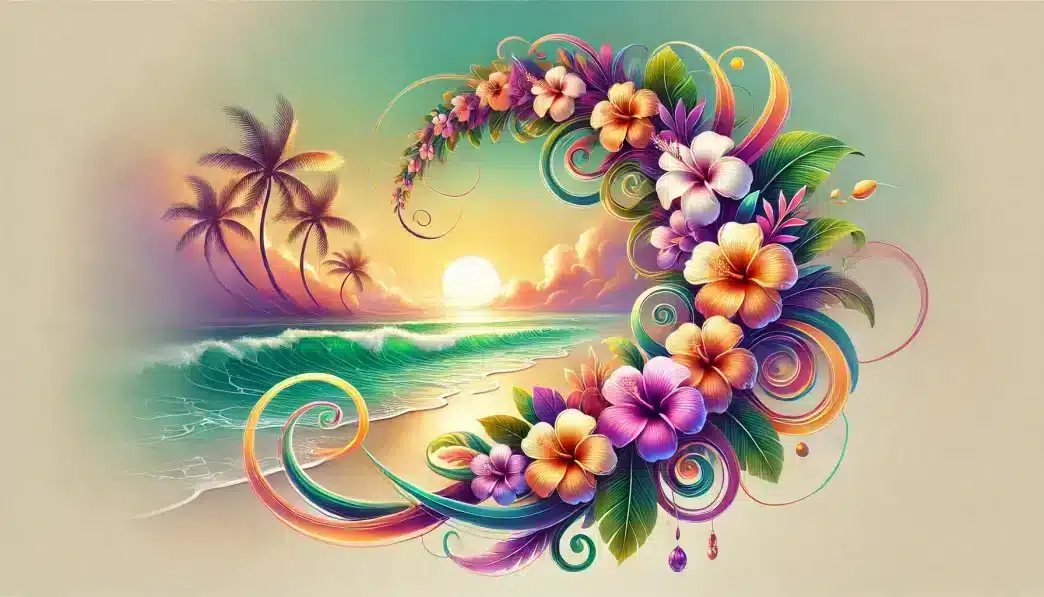What is Lei Day?
Lei Day is celebrated annually on May 1 in Hawaii to honor the tradition of the Hawaiian lei. This festival showcases Hawaiian culture, music, dance, and the art of lei-making. The celebration began in 1928 and has since become a cherished event across the islands. Lei Day is not just about wearing leis but also about embracing the aloha spirit, sharing kindness, and preserving Hawaiian heritage. Schools, communities, and businesses come together for parades, pageants, and lei-making contests, ensuring this beautiful tradition continues for generations.
History and Origin
During the late 1920s, poet Don Blanding proposed the idea of Lei Day to recognize the significance of leis in Hawaiian culture. Honolulu Star-Bulletin columnist Grace Tower Warren coined the famous slogan “May Day is Lei Day,” linking the celebration to May 1. The first official Lei Day took place in 1928, featuring lei contests, music, and hula performances. Over time, the festival grew, with each Hawaiian island showcasing its own official lei and unique traditions.
Who Celebrates Lei Day?
- Hawaiian Residents: Locals embrace their culture by making, giving, and wearing leis.
- Tourists: Visitors join in the festivities, learning about Hawaiian traditions.
- Schools and Students: Many schools hold pageants and performances to celebrate the day.
- Hula Dancers and Musicians: Performers showcase traditional Hawaiian songs and dances.
- Artisans and Lei Makers: Craftspeople create stunning leis for competitions and parades.
Slogans and Themes
Lei Day celebrations focus on Hawaiian culture, unity, and nature’s beauty. The famous slogan “May Day is Lei Day” captures the festive spirit. Themes highlight the flowers and materials used in lei-making, with each year featuring a different island and its signature lei. Events emphasize aloha, respect for nature, and the deep-rooted traditions of the Hawaiian people.
Colors, Symbols, and Patterns
Colors
- Tropical Orange: Represents the warmth and vibrancy of the Hawaiian islands.
- Floral Pink: Symbolizes love, celebration, and the beauty of leis.
- Ocean Blue: Reflects the deep connection between Hawaiian culture and the sea.
Symbols
- Lei Garland: The heart of the celebration, symbolizing love and aloha.
- Hula Dancer: Represents Hawaiian traditions and storytelling through dance.
- Plumeria Flower: A common flower in leis, signifying positivity and new beginnings.
Patterns
- Floral Motifs: Inspired by native Hawaiian flowers used in leis.
- Waves and Swirls: Reflect the ocean’s influence on Hawaiian culture.
- Traditional Hawaiian Prints: Showcase historical patterns seen in textiles and art.
How to Celebrate Lei Day
- Make and Give Leis: Create leis using fresh flowers, shells, or other materials and share them with others.
- Attend a Lei Contest: Watch or participate in competitions showcasing elaborate lei designs.
- Join a Hula Performance: Experience traditional Hawaiian music and dance at events across the islands.
- Visit the Lei Day Festival: Honolulu’s annual festival features food, music, and cultural exhibitions.
- Learn About Lei Traditions: Explore the history of leis and their significance in Hawaiian culture.
Most Used Hashtags
- #LeiDay
- #MayDayIsLeiDay
- #HawaiianCulture
- #AlohaSpirit
- #HulaAndLeis
Why is Lei Day Important?
Lei Day is more than just a celebration of beautiful garlands;it is a tribute to Hawaiian heritage, unity, and the spirit of aloha. The tradition of giving leis represents love, respect, and connection, making this holiday a reminder of the importance of kindness and community. It also plays a crucial role in preserving Hawaiian culture and sharing it with future generations. Whether you live in Hawaii or are just visiting, Lei Day is a time to appreciate the islands’ rich traditions and embrace the joy of giving and receiving a lei.
Features
- National
